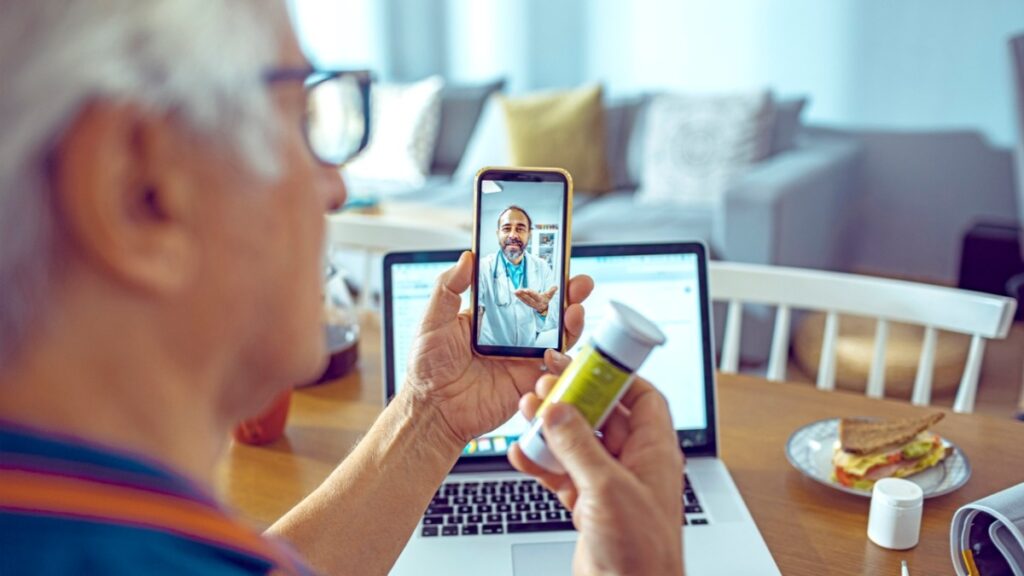By 2030, the healthcare EDI market is expected to reach $8.44 billion, underscoring the pivotal role of EDI in streamlining communication and ensuring seamless integration across the pharmaceutical supply chain. Meanwhile, the convergence of APIs and EDI is unlocking new opportunities to make businesses more agile and resilient.
Here’s a glimpse at how technologies and healthcare converge to safeguard the well-being of pharma consumers and patients:
1. Enhanced access to information
Technology can provide consumers and patients with easy access to comprehensive information about pharmaceutical products and services, including potential side effects, proper usage, pricing, and precautions. This empowers individuals to make informed decisions about their healthcare.
See also: DSCSA compliance and 2024 implementation timeline
2. Improved communication
Through various technological platforms such as telemedicine, chatbots, and online portals, patients can have better and quicker access to healthcare providers and pharmacists. This can lead to more efficient communication and streamlined medication management.
3. Personalized medicine
Advancements in technology, such as genetic testing and data analytics, allow for personalized treatment plans, medication dosages, and tailored healthcare solutions, catering to the specific needs of individual patients.
See also: Speeding up pharmaceutical innovation with an API marketplace
4. Ensuring safety and quality
Technology plays a pivotal role in ensuring the safety and quality of pharmaceutical products through processes such as digital tracking, real-time monitoring, and the use of blockchain for supply chain management, reducing the risk of counterfeit medications and assuring the authenticity of drugs.
Learn how future-enabled controlled substance ordering is helping achieve compliance and speed.
5. Remote monitoring and care
Technological innovations enable remote monitoring of patients’ health conditions and medication adherence, leading to proactive interventions by healthcare providers and ultimately improving the overall well-being of consumers and patients.
The adoption maturity for each of the described technologies not only replaces legacy technology but provides new processes which deliver insights that enhance the engagement for delivering a continuously evolving environment of patient well-being.

Follow us on social